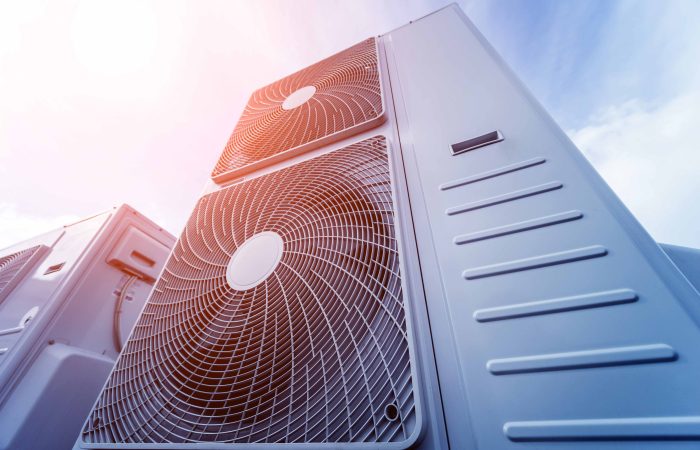How do we remove the 13%+ of global emissions which cannot be tackled using traditional methods
Currently the approach to CO2 emissions reduction relates primarily to the development of renewable energy resources (notably wind, solar and biomass), to the electrification of transport systems, to improved building design (insulation, air-handling etc) and production of new materials with lower carbon emissions. Unfortunately there are a number of key emission sources which defy easy mitigation by existing scientific or engineering methods. These include:
Transport

The principal components of the transport network here are largely commercial i.e. aviation and shipping (both of which cannot operate readily via electrification or hydrogen fuel). Prior to the COVID-19 pandemic each of these globally contributed approximately 0.95 Gt/yr (aviation) and 0.94 Gt/yr (shipping). For Ireland, as an island nation, the individual contributions in 2019 were 3 Mt (aviation) and 0.5 Mt (shipping). Not included here is the contribution from heavy duty vehicles (HDVs) which could be as high as 4 Gt/yr (globally) or 2.3 Mt/yr (Ireland) unless biogas can be employed to partially replace the current fuels in use (primarily diesel).
Materials Production

The critical materials in this case are cement, lime and steel. Production of cement and lime for use by the construction industry results in global CO2 emissions 1.93 Gt/yr and emissions from the production of these materials in Ireland for 2019 were 2.1 Mt. Global production of steel (with significant recycling) entails emissions of approximately 2.5 Gt CO2/yr. Steel manufacture is currently non-existent in Ireland.
Summary
The total emissions from the above ‘difficult’ sources is therefore globally 6.33 Gt/yr (or approximately 10.3 Gt/yr if HDVs are included) and for Ireland the corresponding numbers are 5.6 Mt/yr (or 7.9 Mt/yr with HDV emissions). These numbers are not insignificant and represent between 16 and 27% of total CO2 emissions worldwide or 13 and 19% of total CO2 emissions in Ireland.
With the exception of steel production, the CO2 generated by the above enterprises is directly emitted into the atmosphere (steel production can entail partial release to the atmosphere but during electric arc furnace treatment of recyclables significant levels of the CO2 emissions can be either avoided or captured during power generation). The only reasonable way to drive these emissions to net zero, while minimising the spatial and temporal footprints of the applied methodology, is to employ direct air capture (DAC) technology. In combination with the desire to manage and control other emissions and, as noted in Blog 1, “Why do we need to remove CO2 from the atmosphere ?”, the need to ensure an upper limit to the concentration of global atmospheric CO2 by mid-century, we at NEG8 Carbon strongly believe that DAC must play a key role in this endeavour.

